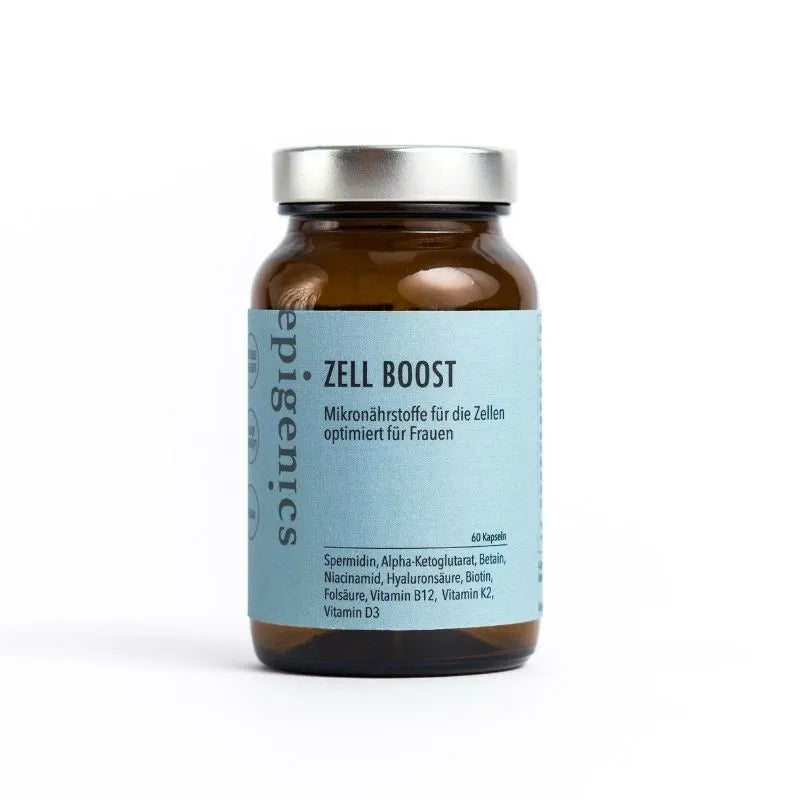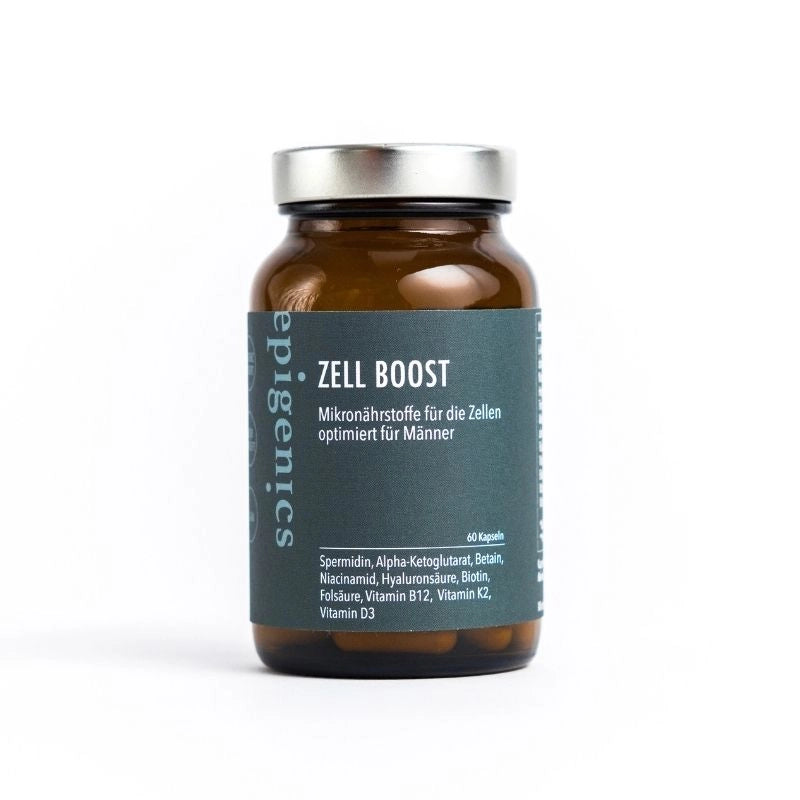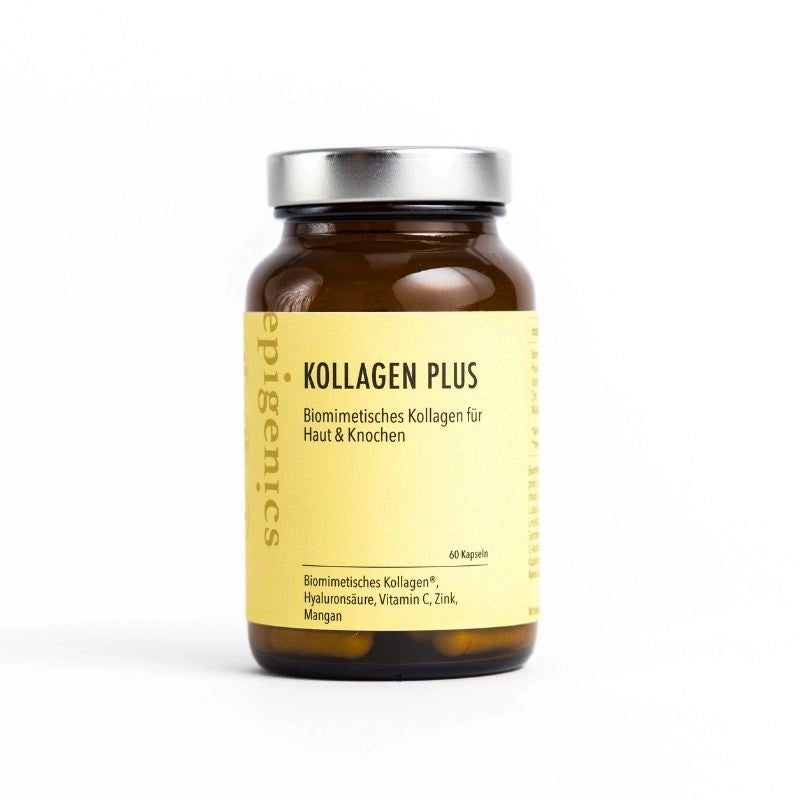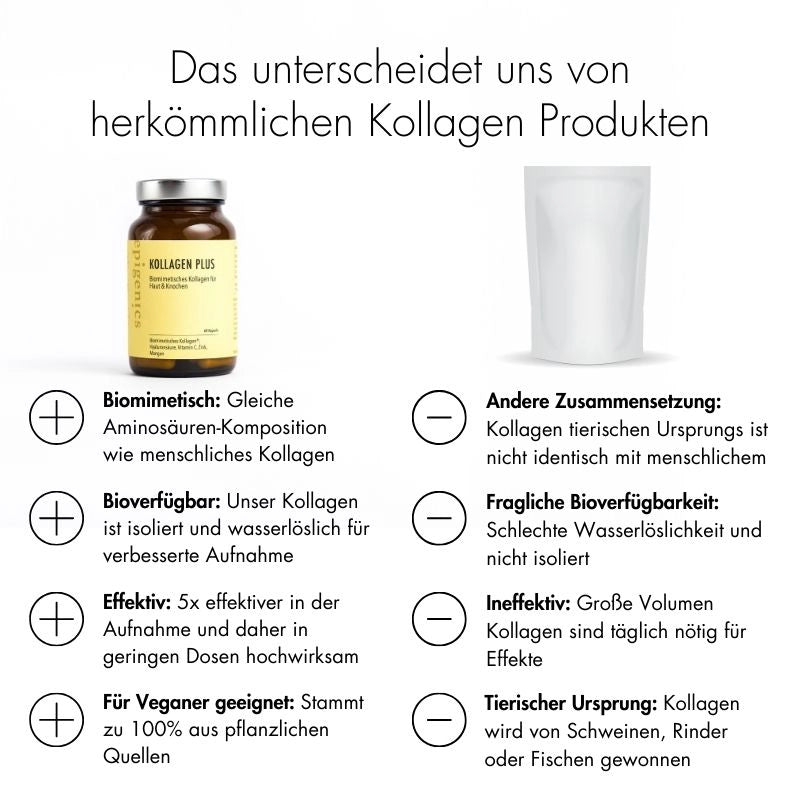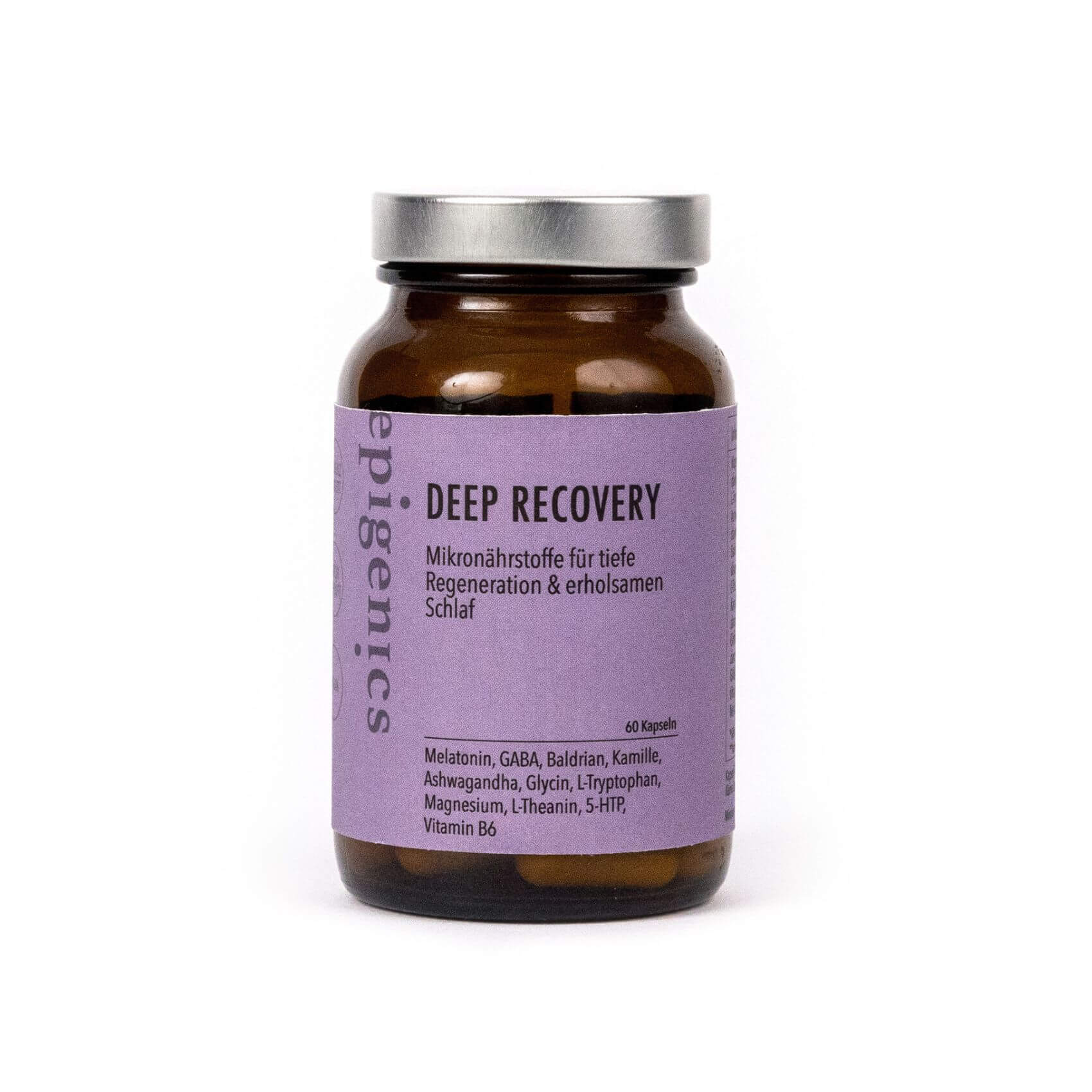Modellorganismen
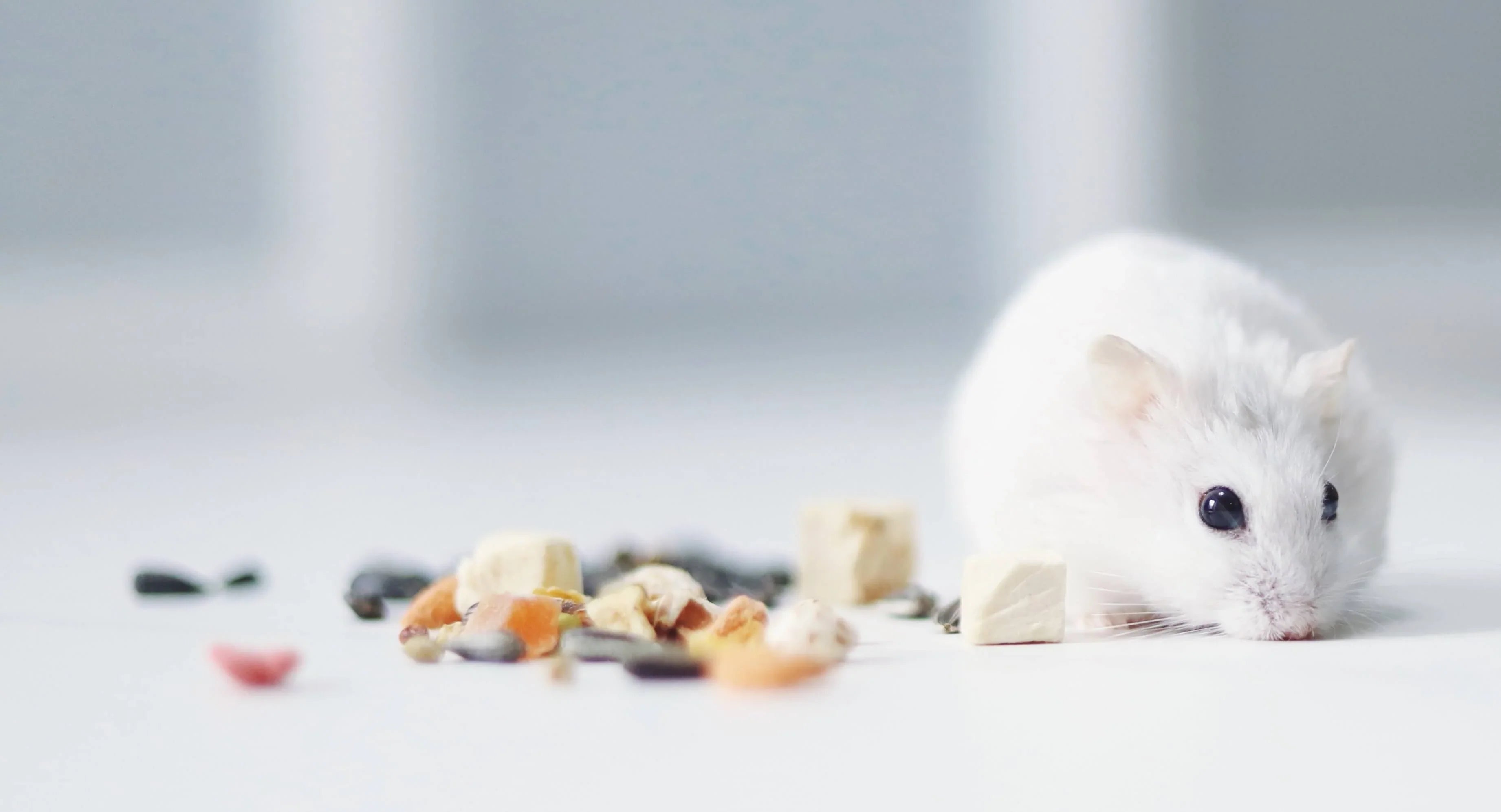
Mouse vs human: what mouse studies tell us about human health
"A study on mice has shown that..." Perhaps you've read headlines like this and thought to yourself, "That's all well and good for the mouse world, but what's in it for me now?" It's a fair question, and we're going to get to the bottom of it here.
What are model organisms?
So-called model organisms are often used in studies. Model organisms are non-human species used in the laboratory to help scientists* understand biological processes. Particularly common model organisms are the yeast bacterium, the worm, the fruit fly and the mouse.
The mouse enjoys a special status here. Like humans, it is a mammal. In fact 95% of all genes genes of mice and humans are identical. Moreover, the small rodent has played a central role in quite a few medical breakthroughs.
Why is the mouse used in longevity research?
Mice are particularly relevant in the field of longevity research. The short lifespan of the mouse allows us to study and better understand the effects and mechanisms of the aging process in mammals. Compared to this, longevity studies in humans are not only more costly, they also take much longer. Due to our long life expectancy, such studies can take decades before the researchers can present their first results.
What are the potential and limitations of mouse studies?
An important unanswered question is whether the measures of longevity identified in model organisms will have similar effects on human longevity and healthspan. There are at least three different schools of thought.
The first argues that human aging is fundamentally different from the aging of short-lived laboratory-grown organisms, including rodents with no distinct immune system. This is largely based on theoretical arguments and cannot be ruled out, but experimental evidence is accumulating that argues against this idea.
The second viewpoint states that humans have evolved to live exceptionally long lives and that any additional extension of maximum life expectancy is likely to be minimal. However, interventions that significantly extend total lifespan in model organisms have the potential to extend healthy lifespan in humans.
The third view recognizes that the evolutionary gap between yeast and mice is much greater than that between mice and humans. Since life-prolonging interventions have already been identified that bridge the larger evolutionary gap, there is a strong likelihood that these same interventions will have a similar effect on human life expectancy. Of course, this issue has not been definitively resolved, but there is growing evidence to support this theory.
What should I pay attention to?
Basically, a model is always just a representation of reality. Therefore, Epigenics builds on active ingredients whose safety and health-promoting properties have already been demonstrated in humans. Additional positive findings from longevity studies in similar organisms such as the mouse, show further potential to increase our own healthy lifespan. An example of such an agent is AKG (learn more here more about AKG).
So when taking supplements, it is always important to make sure that the active ingredients are EFSA-approved and that the stated dosages do not exceed the daily maximum.
